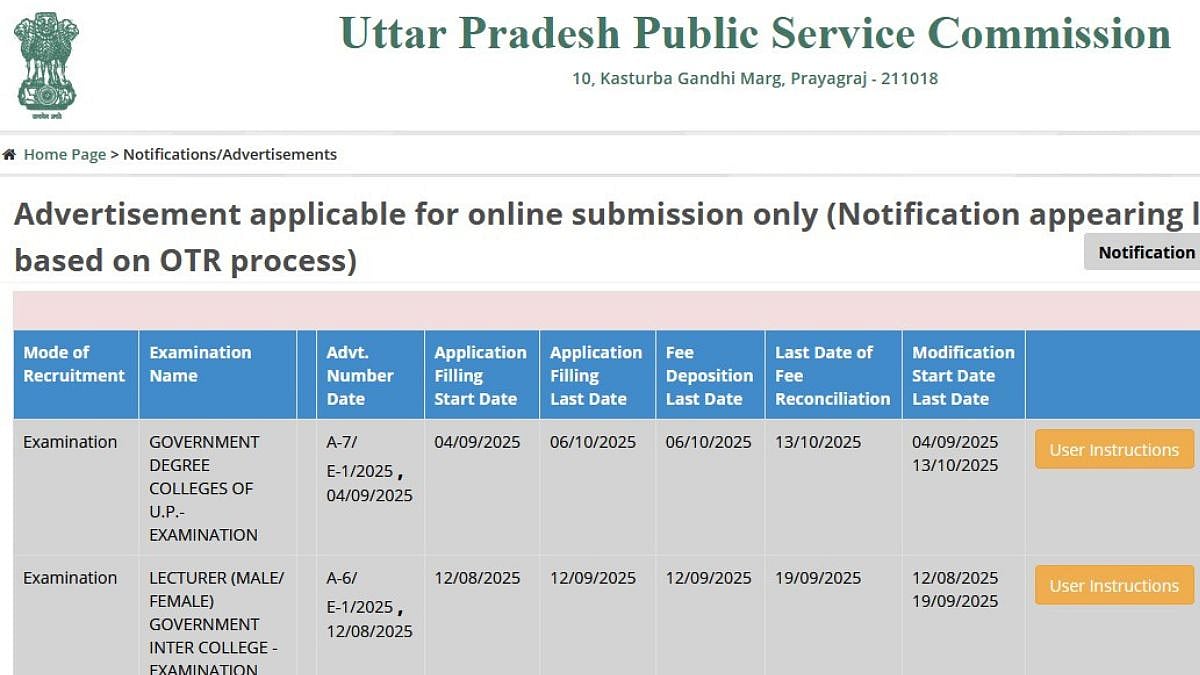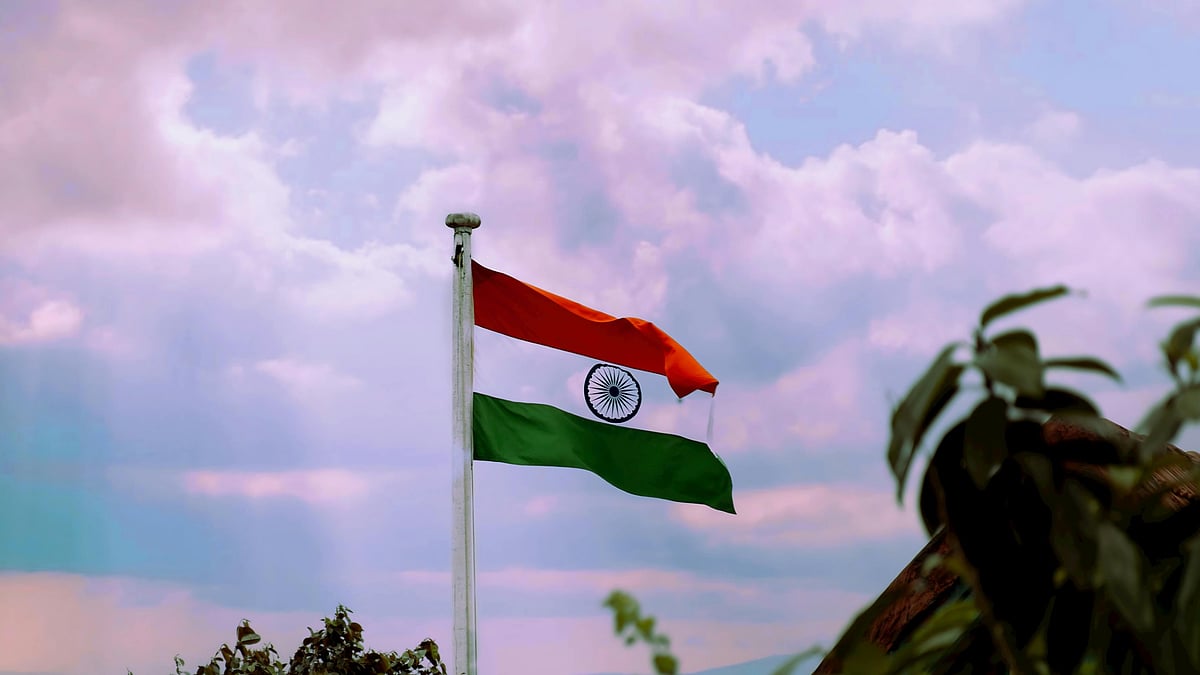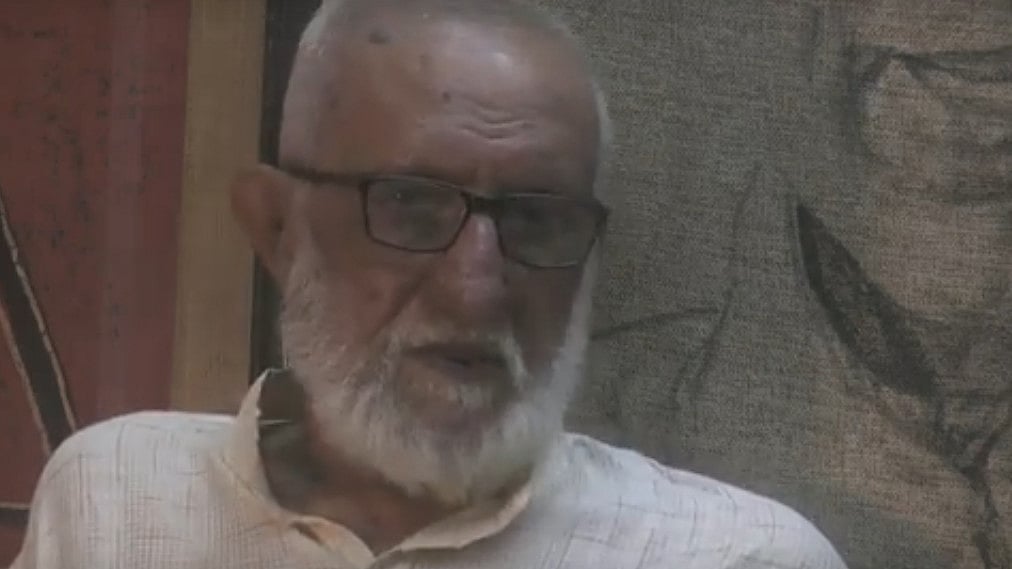Everyone must oppose the celebration of Valentine’s Day in India because it is not in line with ‘Bharatiya sanskriti’. However, Indian culture is not what the so-called custodians of ‘Bharatiya sanskriti’ claim it to be.
It is far richer, liberal and soulful than outfits such as the Sri Ram Sene or the Bajrang Dal can ever imagine, even on the subject of romantic love.
And most Indians – even those opposed to the ‘desi’ Taliban – are as ignorant. Otherwise, Valentine cards would have had Indian love poems rather than mushy English rhymes.
In fact, if the BJP wants to inculcate Indian cultural tradition in GenX, it must include Indian love poems in the school and college syllabus. The tragedy is that they haven’t read it themselves or they are as prudish as the Victorians, the Britishers whom they profess to hate. Let’s begin with the boy-meets-girl story in Hindu scriptures.
Ram’s first meeting with Sita was not at her ‘swayamvar’, the competition where she chose her groom. The story goes like this: Sage Vishwamitra was being troubled by a female demon, Taraka, and asked for help from King Dashrath, who deputed his teenaged sons Ram and Lakshman. They escorted the sage to his forest ashram and slayed the demon. Some more adventures later, the duo ended up in Mithila where King Janak hosted the heroes. It is here in the gardens of the royal palace that the Sita and Ram came face to face, fleetingly.
The rest is a much-repeated story. Now, Ram did not pluck a flower for Sita, nor did he recite a poem for her. Not a word was exchanged. As the cliché goes, it was love at first sight and the smitten princess ran back to the palace. Whether it was the power of love or a sage’s divine blessing that gave Ram the superhuman strength to break Shiva’s bow at the ‘swayamvar’ is an openended question.
Now, let’s look at ancient Indian love poems, which scholars say are not not very different from global literature. Kalidas, the greatest Indian poet and playwright, born 2,000 years before Shakespeare, wrote these lines: ‘Her hand upon her hip she placed, And swayed seductively her waist, With chin upon her shoulder pressed, She stretched herself to show her breast: With sapphire pupils burning bright Within pearly orbs of white, Her eyes with eagerness did dance, And threw me a come-hither glance.’ Scholars say that Indian love poems are often unhesitatingly sensual and describe women’s ‘ideal’ physical form repeatedly, and in great detail.
This is also true of Bhartrhari, the sixth-century poet-philosopher to whom these lines are attributed: ‘A man may tread the righteous path Be master of his senses Retire in timidity Or cling to modest ways Only until the arrow glances of amorous women Fall on his heart’. The 12th century poet Jayadeva’s ‘Geet Govinda’ describes the relationship between Krishna and Radhika and the ‘gopikas’ in language that would make today’s moral police see red.
It is full of erotic descriptions of love scenes between Radha and Krishna. For that matter, even the Ramayana and the Mahabharata do not display any squeamishness regarding sex. All these poems are in the ‘Shringara ras’ tradition, which focuses on the emotional content of the sexual experience, with a rich vocabulary to express the myriad moods and emotions associated with it.
In the words of Richard Schiffman, an environmental journalist, author and poet, lovers stir the pot of their erotic attraction by seeing one another as embodiments of all their cravings and they spice it up by sharing secrets, making up affectionate names for one another, playing games, and giving inventive gifts. A reflection of this relationship between the divine couple, Radha and Krishna, is visible in Indian dance, music and theatre. But why go back thousands of years? Take Ghalib, who said: ‘Ishq par zor nahīñ hai, ye vo ātish ‘ġhālib’ ki lagā.e na lage aur bujhā.e na bane’ (Love is not in one’s control, this is that fire roused It cannot be willed to ignite, nor can it be doused).
Another of his ‘shers’ made popular by Bollywood is: ‘Ishq ne ‘ġhālib’ nikammā kar diyā varna ham bhī aadmī the kaam ke’ (Ghalib, a worthless person, this love has made of me otherwise a man of substance I once used to be) A third one attributed to him can only confirmed by Ghalib fans: ‘Labon pe honth rakh kar kaha tha uss zaalim ne, Kya shikwa, kya gila hai, ab bolte kyon nahin’ Take Ghalib’s predecessor Meer Taqi Meer, who some claim is a better poet: ‘Ibtedaae ishq hai rota hai kya aage aage dekhiye hotā hai kyā’ (It’s only the beginning of love, why dost thou groan? O, wait and see what happens as you onward move).
The captivating part of Meer’s poetry is the grief he expresses and these lines are typical of his work: ‘Pattā pattā buuTā buuTā haal hamārā jaane hai jaane na jaane gul hī na jaane baaġh to saarā jaane hai’ (Every leaf, every tree knows about my condition Except for the flower, the entire garden knows of my longing for it). Faiz Ahmed Faiz’s ‘Hum dekhenge’ was in the news during the Shaheen Bagh sit-in but he is known as a romantic poet: ‘Aur kyā dekhne ko baaqī hai aap se dil lagāke dekh liyā’ (What else is worth seeing, now I have been a witness to your love).
Or sample this one: ‘Dil nā-umiid to nahīñ nākām hī to hai lambī hai ġham kī shaam magar shaam hī to hai’. (My efforts [at love] stand thwarted, but my heart is optimistic The evening of suffering goes on, but it too shall pass) Talking of romantic ghazals, who can forget Farida Khanum’s rendition of Fayyaz Hashmi’s ‘Aaj jaane ki zid na karo’ or Ghulam Ali’s rendition of Maulana Hasrat Mohani’s ‘Chupke, chupke raat, din aansoon bahana yaad hai’. All of them are Pakistanis but art transcends borders.
Lata Mangeshkar, who passed away last week, was just as popular in Pakistan. One can list any number of her immortal melodies: ‘Lag ja gale ke phir ye haseen raat ho ke na ho, shayad is janam mein phir mulaqat ho ke ne ho; ‘Yeh kahaan aa gaye hum’; ‘Aaja piya tohe pyaar doon’.
It is the exuberance of youth which has led to a Rose Day, Propose Day, Chocolate Day and Teddy Day in the run-up to Valentine’s Day. They might as well include a Poetry day and pen something from the heart.
(The writer is an independent journalist based in Mumbai and writes on civil society, law-enforcement, environment and urban development. He tweets @anilsingh703)











